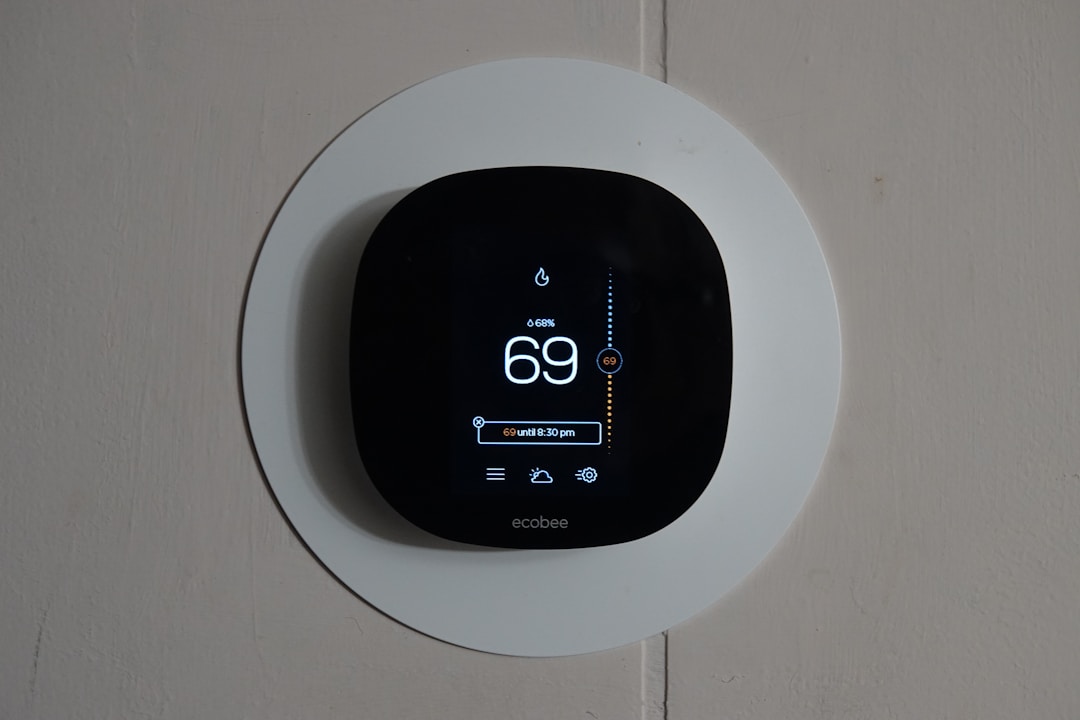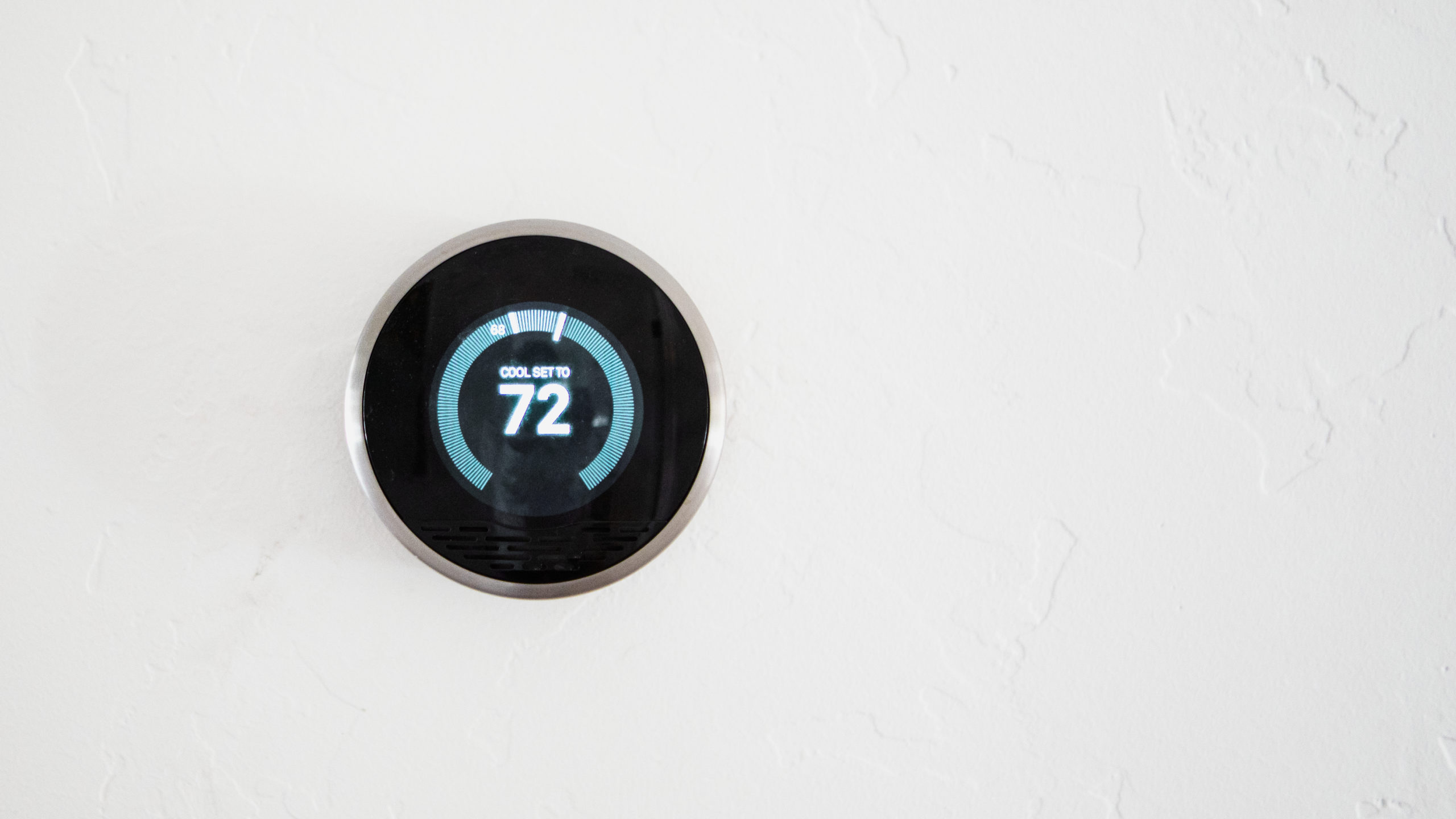As it starts to get colder, many of us are starting to think about how we’ll stay warm throughout the winter. One of your first lines of defense when it comes to keeping comfortable at home is your HVAC, so it’s important that you have it inspected before the season changes. Your thermostat is an essential part of your HVAC system and one that it’s easy to neglect, but a broken thermostat can make it impossible to stay warm inside your house. If you suspect you may have a faulty thermostat, read on to learn why you should consider replacing it as soon as possible.
Why should you replace your thermostat right away?

Even with proper care and maintenance, you’re likely to need to get a new thermostat at some point during your HVAC’s lifespan. You should consider replacing your thermostat if it’s faulty. There are a number of problems that can be caused by allowing your HVAC to continue operating with a thermostat that is broken or malfunctioning. With winter fast approaching, you should definitely look into having a technician replace your thermostat before the temperature starts to drop.
It may be a good idea to consider upgrading to a smart thermostat if you haven’t already. Smart thermostats are programmable and can often be operated via a mobile app or web portal, making it easy and convenient to adjust the temperature even when you aren’t home. Some systems even allow you to cool your home by zone or set different temperatures on different floors. Beyond the quality of life boost that a programmable thermostat provides, it can also help lower your utility bills. Making sure your HVAC only runs when you need it is a great way to cut down on your energy costs.
How can you tell if you need to replace your thermostat?

If you’re a first-time homeowner or new to taking care of an HVAC system, you may be wondering how you can tell your thermostat is faulty or in need of replacement. Fortunately, there are several signs you should keep an eye out for. The most obvious red flag is if your thermostat won’t turn off or on. Your thermostat is responsible for sending signals to your HVAC system to heat or cool your space, but if those signals aren’t being sent, your HVAC won’t be operational. The best thing you can do to extend the life of your system is prioritize proper maintenance.
When it isn’t working properly, your thermostat can also make your HVAC system cycle on and off, which causes overwork and increases the amount of energy your system is using. High energy bills can be a telltale indication that something is wrong with the system. Any time you notice a jump in your monthly bills, it’s smart to call and have a technician inspect your HVAC unit and thermostat.
Another sign to look out for is inaccurate temperature readings. If your home feels warmer or cooler than the temperature displayed on your thermostat, you may have a problem. However, it’s also important to ensure your thermostat is a safe distance away from appliances that may affect readings and away from sunny windows. Experts also suggest that you replace your thermostat due to old age every seven years or so.
A faulty thermostat can be both expensive and detrimental to your quality of life, which is why you should make repairing yours a priority. There are a number of ways to tell whether or not your unit is working, including inaccurate readings and suspiciously high utility bills. If you have any indication that there may be something wrong, call an HVAC technician to help solve the problem right away. Your thermostat plays a crucial role in keeping your home temperate all winter long, so it’s worth taking the time to make sure you don’t have a thermostat malfunction this season.

